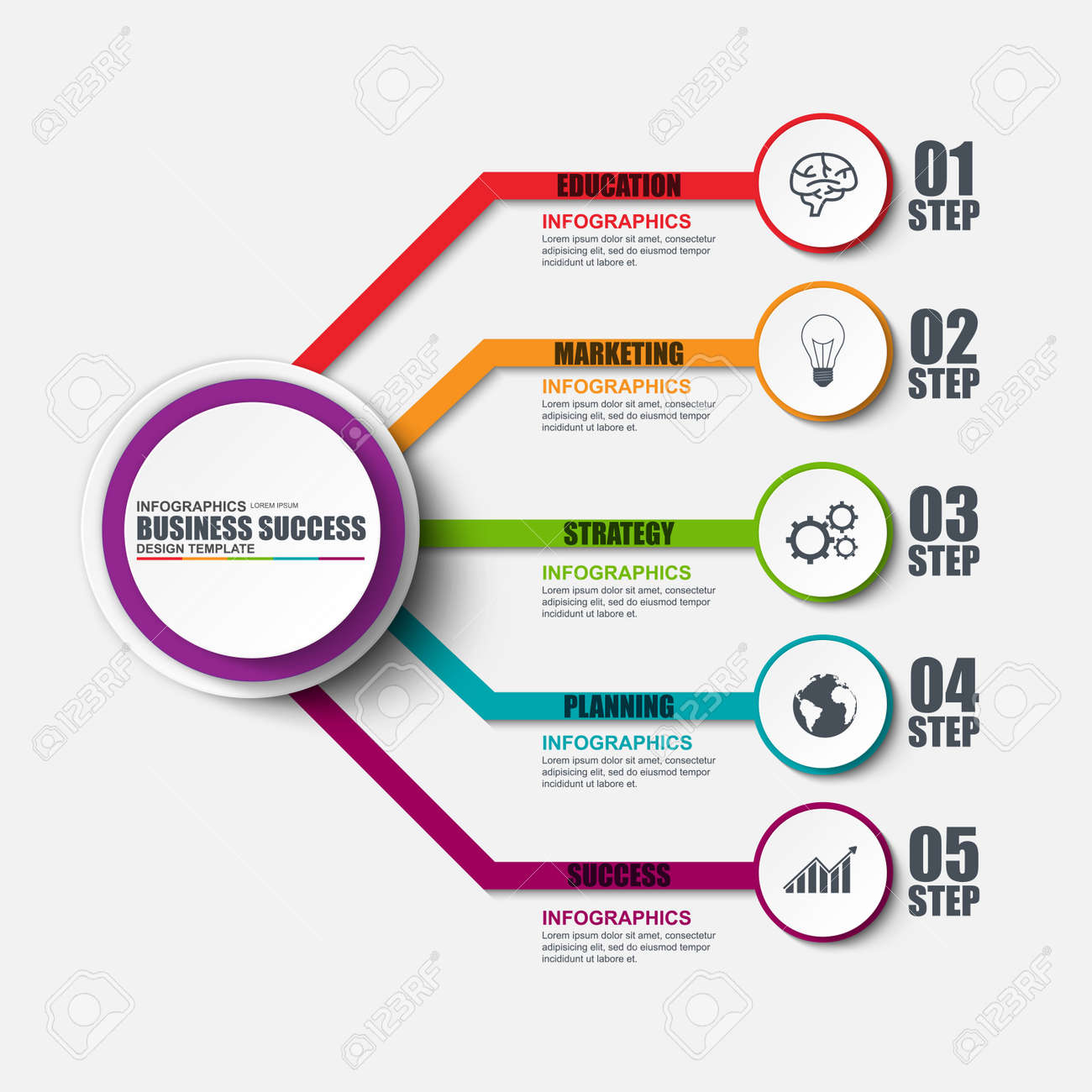Have you ever went to a website that took permanently to lots, had a complicated navigation system, or really did not show appropriately on your mobile device? Possibilities are, you rapidly abandoned that site and proceeded to one that provided a far better customer experience.
In today's competitive on the internet landscape, it's critical for organizations to focus on website design that improves customer experience in order to drive much better conversions. In basic website design , we will certainly check out the significance of responsive layout, the application of user-friendly navigation, and the optimization of web page lots rate to develop a seamless and engaging user trip.
Keep tuned to find how these components can substantially influence your web site's success.
Significance of Responsive Layout
Receptive design is important in today's digital landscape for creating web sites that adapt effortlessly to different display sizes and tools. When your site is receptive, it instantly adjusts its layout and material to fit any device, whether it's a smartphone, tablet, or home computer. This is important since an increasing number of individuals are accessing the web through their mobile phones.
If your web site isn't receptive, it can bring about a bad individual experience. Customers might have to squeeze and zoom to read material, switches might be also little to click, and images might not be maximized for smaller screens. This can frustrate individuals and cause high bounce rates and reduced conversions.
Utilizing User-friendly Navigation
When developing a responsive site, it is necessary to focus on making use of user-friendly navigation for an improved individual experience.
Intuitive navigation describes arranging your site's menu and navigation aspects in a rational and user-friendly means. By doing so, you make it simpler for site visitors to discover what they're trying to find and navigate via your web site easily.
Instinctive navigating helps in reducing confusion and stress, eventually resulting in much better individual engagement and boosted conversions.
To accomplish user-friendly navigation, consider using clear and descriptive tags for your food selection items, carrying out a regular layout across all web pages, and including search functionality for fast accessibility to details web content. Additionally, it's important to prioritize crucial pages and details, guaranteeing they're plainly presented and quickly available.
Optimizing Page Load Rate
To boost individual experience, it's critical to optimize the page load rate of your website. Slow packing times can irritate individuals and lead to greater bounce prices.
Fortunately, there are numerous strategies you can implement to improve your website's tons rate. Firstly, consider decreasing search engine marketing business of your photos by compressing them without jeopardizing quality.
Furthermore, maximize your code by decreasing unnecessary manuscripts and CSS data. An additional effective method is to take advantage of internet browser caching, which permits certain components of your web site to be saved in your area, decreasing lots times for returning visitors.
Moreover, think about using a web content shipment network (CDN) to distribute your site's files across multiple servers, enhancing load rate for users in various geographical areas.
click this over here now
In conclusion, by using receptive design, instinctive navigation, and maximizing web page tons rate, web designs can considerably enhance individual experience and drive better conversions.
With an user-friendly user interface, simple navigation, and quick filling times, sites can record and keep the focus of users, leading to enhanced involvement and higher conversion prices.
So, do not delay in applying these website design approaches to make sure a seamless and successful individual experience!
